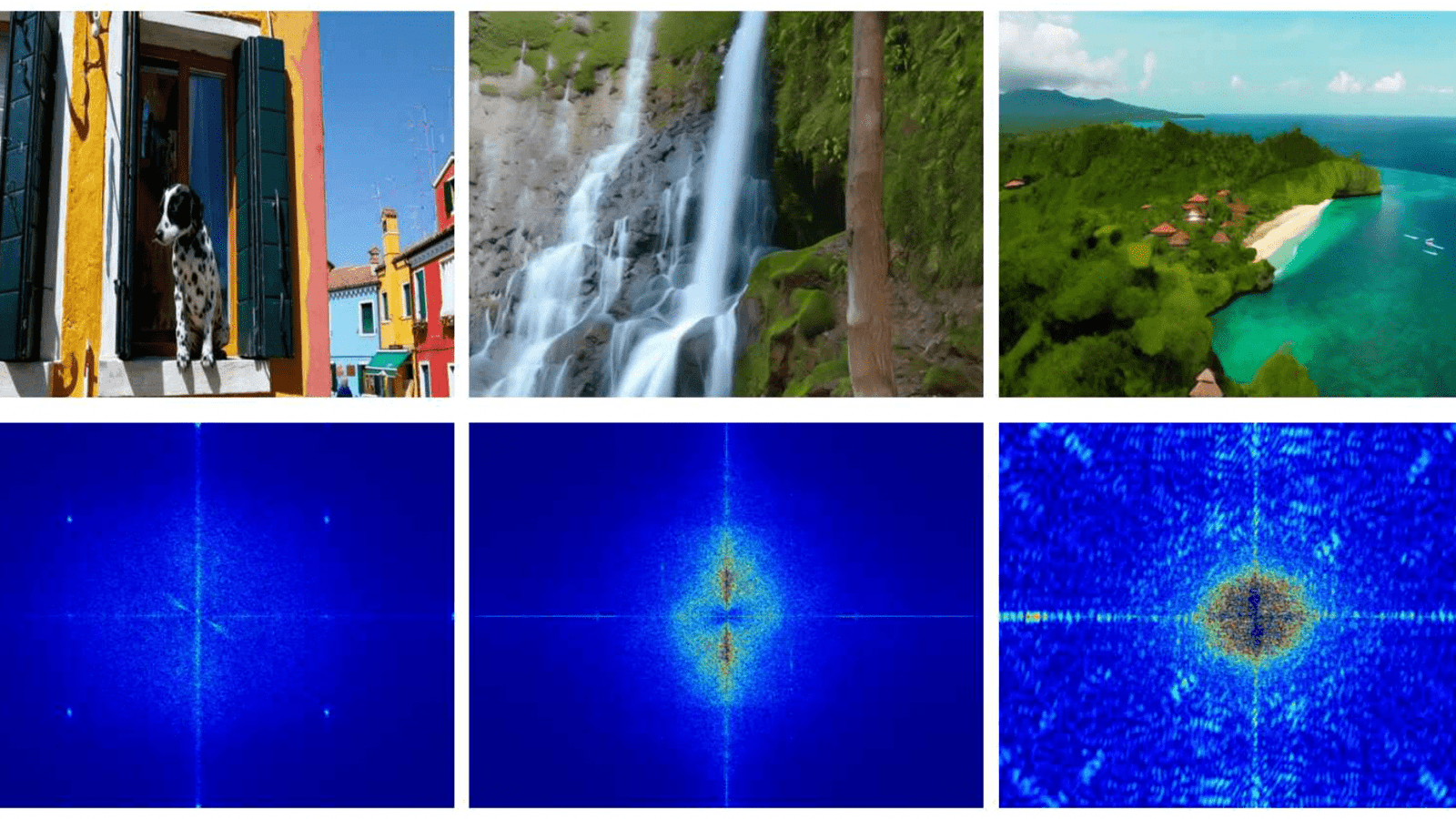Drexel University announced today that for the first time it is included in the U.S. Environmental Protection Agency’s (EPA's) National Top 50 list of the largest green power purchasers. The University purchases more than 84 million kilowatt-hours (kWh) of green power annually, which is enough green power to meet 100 percent of the University's electricity use, and ranks Drexel No. 48 on the national list. Drexel is buying renewable energy certificates (RECs) from Community Energy demonstrating a proactive choice to switch away from traditional sources of electricity generation in support of cleaner renewable energy alternatives. EPA updated each of its National Top Partner lists, highlighting some of the nation’s largest green power purchasers. In addition to its listing on the National Top 50 list, Drexel also ranks No. 3 on the Top 20 College & University list. Each list highlights EPA Green Power Partners that have completed the largest annual voluntary purchases through January 5, 2011. EPA updates its Top Partner Lists quarterly at www.epa.gov/greenpower/toplists. “We are proud to be recognized by the U.S. Environmental Protection Agency,” said James R. Tucker, Drexel’s senior vice president of Student Life and Administrative Services. “Our students, faculty, professional staff and community recognize and value the commitment we have made to a safe and secure energy future. Having our electricity matched with clean, renewable energy is one piece of our larger commitment to sustainability. We hope other institutions will follow our lead.”This purchase also qualifies Drexel for EPA’s Green Power Leadership Club, a distinction given to organizations that have significantly exceeded EPA’s minimum purchase requirements. Green Power Leadership Club members must purchase 10 times the partnership’s minimum requirement organization-wide.Green power is electricity that is generated from environmentally preferable renewable resources, such as wind, solar, geothermal, biogas, biomass and low-impact hydro. Purchases of green power help accelerate the development of new renewable energy capacity nationwide and help reduce greenhouse gas emissions from the power sector.“EPA’s Green Power partners are tapping into America’s growing clean energy market and powering the economy of the future,” said Lisa P. Jackson EPA Administrator. “Investments like these are smart for business, foster growth in the green energy sector and help protect our health through cleaner air.”According to the U.S. EPA, Drexel’s green power purchase of more than 84 million kWh is equivalent to avoiding the carbon dioxide (CO2) emissions of nearly 12,000 passenger vehicles per year, or the CO2 emissions from the electricity use of more than 7,000 average American homes annually.Drexel President John A. Fry recently signed the American College & University Presidents’ Climate Commitment validating Drexel’s pledge to eliminate its carbon footprint, promote research and educational efforts, and equip the University to contribute in stabilizing the earth’s climate. As part of the Drexel Green Initiative, the University was also recognized by PennFuture, a leading Pennsylvania environmental advocacy organization, for becoming the first institution in the country to deploy Viridity Energy’s VPower System™, an energy monitoring system at its University City Main Campus. Drexel’s new buildings are constructed according to green standards. The Constantine N. Papadakis Integrated Sciences Building, scheduled for completion in 2011, will become the first academic building in the country to include a Bio Wall or living biofilter for energy efficiency and improved air quality. The design is environmentally sensitive and will become Drexel's first Silver LEED certified building from the U.S. Green Building Council. Additional sustainability efforts include using biodiesel fuel for shuttle buses, purchasing hybrid and battery-powered vehicles, a free bike share program, water consumption reduction across campus, implementing a multitude of energy-saving controls and lighting efficiency measures, using ice thermal energy for cooling and wide-ranging recycling efforts.
About Drexel University:
Founded in 1891, Drexel is the nation’s 14th largest private university and is ranked second among national universities in the U.S. News list of “Up-and-Comers.” Drexel is widely recognized for its focus on experiential learning, technology and use-inspired research.About Community Energy:
Community Energy has been leading renewable energy development since its founding in 1999. By launching the market for direct sales of renewable energy to retail electric customers, Community Energy first leveraged consumer choice to build demand for early new renewable projects, and went on to deliver wind energy at record scale. CEI continues to lead the industry by virtue of the Company’s expanded market options that deliver the full economic and environmental advantages of solar and wind energy directly to its array of customers and utility partners. The Company has a proven track record of delivering on its mission of a renewable energy future with a triple bottom line.
About EPA’s Green Power Partnership
The Green Power Partnership is a voluntary program that encourages organizations to buy green power as a way to reduce the environmental impacts associated with purchased electricity use. The Partnership currently has more than 1,300 partner organizations voluntarily purchasing billions of kilowatt-hours of green power annually. Partners include a wide variety of leading organizations such as Fortune 500® companies, small and medium sized businesses, local, state, and federal governments, and colleges and universities. For additional information, please visit www.epa.gov/greenpower.
News media contacts:
Niki Gianakaris, Drexel University
215-895-6741, 215-778-7752 (cell) or ngianakaris@drexel.edu
Melissa Donnelly, U.S. EPA
202-343-9546 or donnelly.melissa@epa.gov
